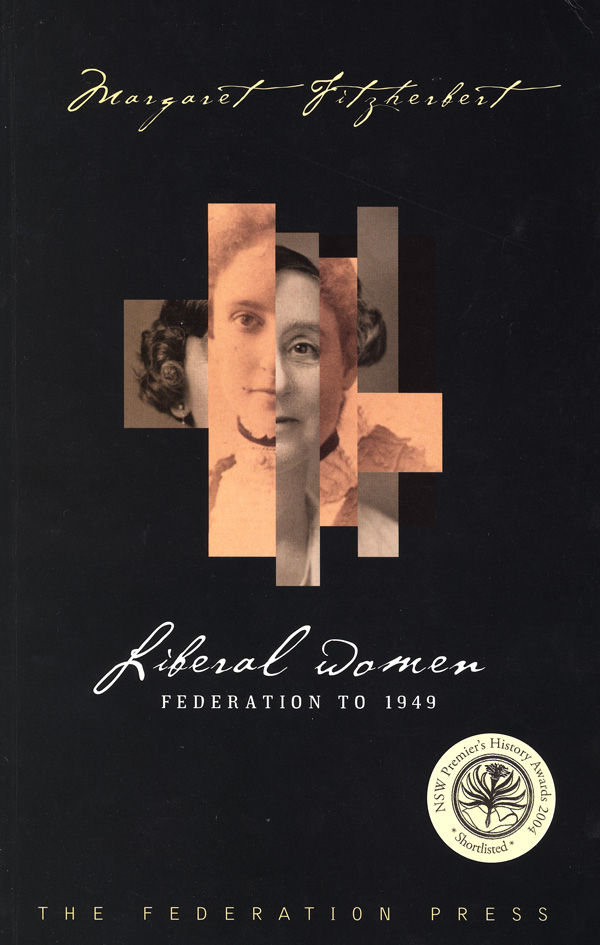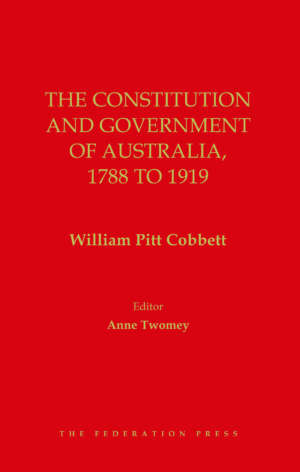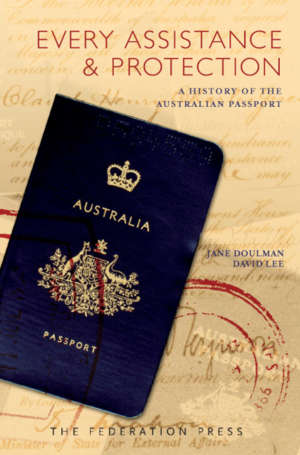Product Description
In 2004 Liberal Women was shortlisted for the NSW Premier’s History Awards.
When Menzies formed the modern Liberal Party out of the squabbling rabble of the UAP in 1944, he had to cede to the women’s organisations formal representation and real power. Liberal Women is the story of why.
It is a tale of strong, vocal, persistent women who carried the liberal flame across Australia in the first half of the 20th century while the men split and merged, and talked and merged and split again.
It is the story of women who grasped the implications of the female suffrage that followed Federation in a way that no others did: winning elections meant winning the female vote; and delivering the female vote gave political power. The Liberal women formed some of the most effective political organisations in the country.
Liberal Women is the first detailed account of these women as political pioneers: as power-brokers and factional warriors, as candidates for office, and as members of parliament. Relying on extensive primary research, much of it previously unpublished, Margaret Fitzherbert describes their political organisations and activity amidst a wealth of biographical detail on women such as Enid Lyons, Elizabeth Couchman, Ivy Deakin, Lady Margaret Forrest and Irene Longman.





